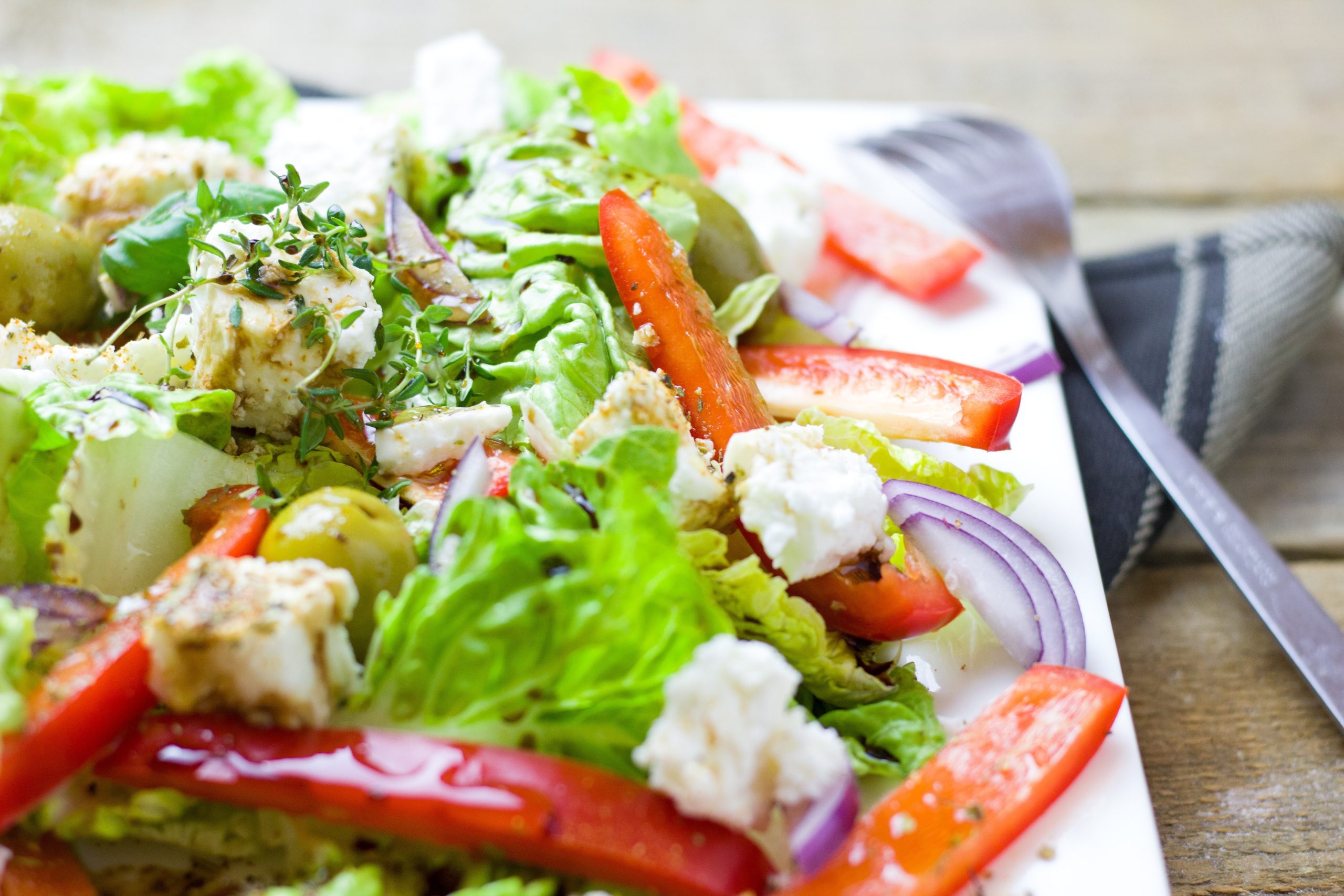In high societies, it’s fascinating and trending to follow different types of diets such as gluten-free, dairy-free, keto diet, pleo diet etc. For a particular individual which diet will work to keep their body healthy and toned depends on several factors. It’s a rare case that we have not come across these fancy words like paleo and ketogenic diet. People follow this diet because they want to lose weight and improve their overall health. Since both diets are popular people keep on getting confused about which one to follow and which one will work best for them.
Here in this blog, we will provide you with a detailed comparison of the paleo and keto diets. Let’s first understand what are they and how they differ from each other.
Ketogenic Diet

In the ketogenic diet, the body uses calories from fat instead of carbohydrates to generate energy which is needed to carry out normal functioning. This concept explores the metabolic state of the body and aims to induce ketosis through calculated adjustments of dietary macronutrients viz. carbohydrates, proteins and fat.
The sole reason for ketosis with a particular diet plan is to break down fat from the body. That’s why macronutrient intake is monitored and taking metabolism out of ketosis. Apart from losing weight, it also helps to improve blood sugar control of the body.
There are several pros and cons of the ketogenic diet which one should take into consideration before deciding on changing eating lifestyle.
Pros of the Keto diet
- Weight loss
Generally, the body uses carbohydrates to generate energy but when you restrict carbohydrates, the body will begin to break down fat to use energy. Resultantly, one loses body fat more quickly.
- Prevent cancer
Few studies suggest that the keto diet helps to prevent cancer with a hypothesis that cancerous cell requires a high amount of carbohydrate to rapidly profile the rate in multiple similar types of cell so if they are deprived of carbohydrate their cell cycle will break and the cancerous cell might die.
- Suitable for Desk Job
Nowadays, people often have AC-PC jobs which means sitting in AC and working on computers without any physical exertion. So if on a routine day, one does not have any physical activity, the stored fat will increase so it’s better to skip carbohydrate intake hence excess fat will be used for energy production.
Cons of the Keto Diet
- May not get enough sugar
The body requires sugar to give energy and smooth functioning of the brain. If a person is not eating carbohydrates, glucose doesn’t enter the bloodstream which causes low energy and one cannot focus properly on the allotted task.
- Heart Problem
Most of the foods that are included in the keto diet are high in saturated fats and meats. They are likely to increase cholesterol which leads to the risk of heart disease.
Palaeolithic (Paleo) Diet

The paleo diet is nothing but the food edibles available during early humans which will promote optimal health. It is also referred to as “the caveman diet”. The concept came into existence because modern food damages human health because of the processing techniques used.
Hence, if one copies the Paleolithic hunter-eating style, it will support your body’s natural biological function and improve digestion and health. The paleo diet does not include grains, legumes, processed sugar and most dairy products. The paleo diet includes Meat, fish, eggs, nuts, seeds, fruits, and vegetables except for coconut oil, avocado oil, ghee/butter, raw honey, maple syrup, coconut sugar, raw stevia etc.
Pros of the paleo diet
The potential benefits of the paleo diet are it helps to promote healthy blood glucose, improves insulin sensitivity, lower blood pressure, weight loss, improves cholesterol balance, and improves satiety and lower all-cause of mortality.
Cons of the Paleo diet
There are several hidden dangers of the paleo diet. For instance, restriction of dairy products can lead to deficiencies in Calcium, Vitamin D which are critical for bone health. Moreover, the recommended amount of saturated fats can increase the risk of kidney and heart disease, as well as certain cancers.
Furthermore, a high level of high-fat meat and saturated fat can increase LDL (bad cholesterol) and the risk of bowel cancer. Apart from that, the paleo diet includes aerobic exercises like running, biking, swimming, walking etc. The human body needs carbohydrates for energy which if not provided in sufficient quantity may lead to physical fatigue, exhaustion, and muscle breakdown.
Lastly, eating like our ancestors may not work for some individuals and may have adverse effects as evolution has altered our genetic makeup and how we digest food.
As a takeaway of the blog, paleo is still easy to follow as it allows some carbs while keto is a larger shift from the normal routine and is difficult for metabolism because your digestive system is already acquainted with particular food habits for a longer period and now sudden change may cause a positive or negative effect which might depend and differ from individual to individual.
Hence, changing eating habits, following a particular diet or incorporating change in your healthy lifestyle may or may not work for everyone. For this, health background, nutritional requirements and medical condition need to be considered by professionals before planning to change lifestyle.








0 Comments